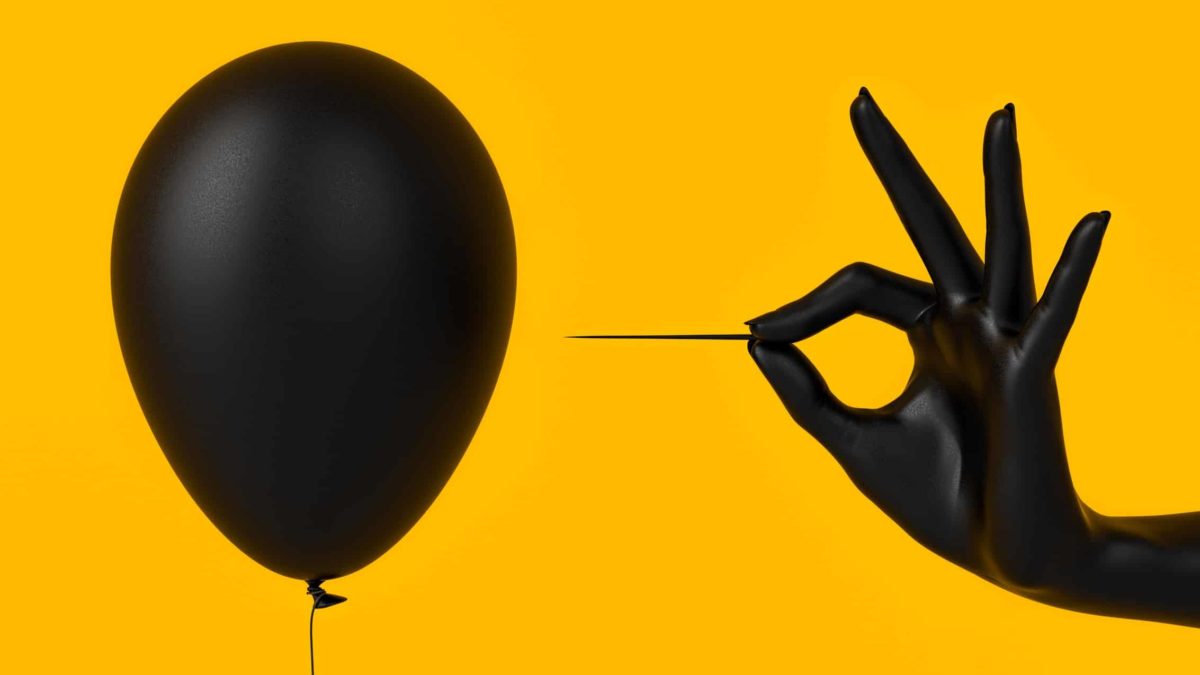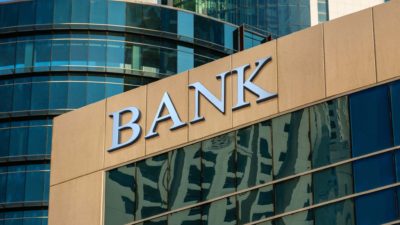Later this year Commonwealth Bank of Australia (ASX: CBA) is likely to be supplanted by mining giant BHP Group Ltd (ASX: BHP) as the largest company on the Australian share market.
What's happening?
Australia's largest bank has been the top dog on the ASX for many years but BHP's unification plans will put an end to that if shareholder approval is granted.
Last year, the Big Australian announced plans to end its listing on the London Stock Exchange and have its primary listing purely on the Australian share market. This compares to its current dual listing, which has shares listed on both exchanges.
At present, the CBA share price implies a market capitalisation of approximately $173 billion. This is some distance ahead of the BHP ASX market capitalisation of $138.5 billion. However, BHP's UK market capitalisation is estimated to be GBP50.2 billion (A$94.6 billion).
So, once the dual listing ends, the combined BHP market capitalisation on the ASX will be a massive $233 billion, which is a sizeable $60 billion ahead of CBA. For context, this is about the size of conglomerate Wesfarmers Ltd (ASX: WES).
Could CBA retake the top spot?
For Australia's largest bank to retake the top spot, it would require a big rise in the CBA share price.
For example, to grow its market capitalisation from $173 billion to $233 billion would require an increase of 35%. This would mean the CBA share price rising from $102.24 currently to $138.00.
While this is not unthinkable, the problem is that most analysts already believe the CBA share price is trading on sky high multiples.
So much so, Macquarie and Morgans both have the equivalent of sell ratings on its shares with price targets of $86.00 and $73.00 respectively. And while Bell Potter is positive on the bank's shares, its 12-month price target of $111.00 leaves it well short of the level required to retake top spot.
In light of this, CBA may have to get used to playing second fiddle in the future.








